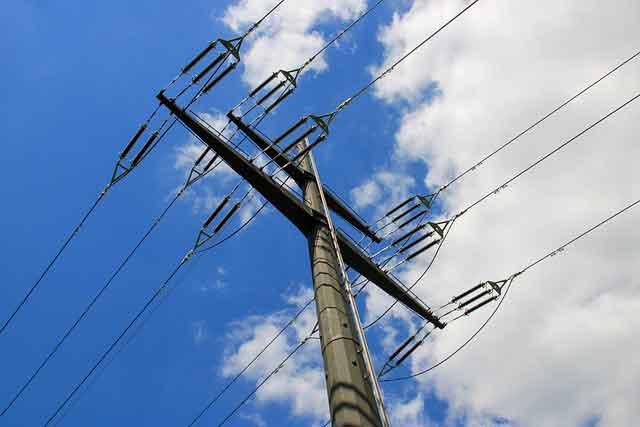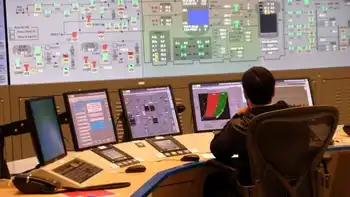Farms Want To Reap The Wind
Construction of what could be one of the nation's largest wind farms will begin in April in the Saybrook-Arrowsmith-Ellsworth area. Another similar-sized farm has been proposed for Livingston County in the Blackstone-Odell area along with a smaller one along the Tazewell-Logan County line.
Horizon Wind Energy, owned by Goldman Sachs, stands behind all three projects. The company received McLean County Board approval for the Saybrook farm in September. High Trail Wind Farm will contain 275 wind turbines generating enough electricity to power 120,000 homes.
Turbines on the farm could reach 500 feet. Landowner lease payments are expected to total about $1 million annually. Another $1 million would be generated in property tax revenue.
"We do not yet have a power agreement. However, the Midwest has become a commodity market for wholesale energy. We plan to sell into the open market while we work to get a long-term agreement with a power company," said Bob Crowell, Horizon Wind energy business development director.
Construction on the wind farm will begin in April with upgrading of township roads and building of roads leading to future wind turbines. The first wind tower is expected to arrive in early July.
The Livingston County project would see wind turbines sprout along the Cayuga Ridge in the northern part of the county. The project could involve 100 to 200 wind turbines on 15,000 to 25,000 leased acres. The project could go on line in 2008.
Livingston County Board members in December approved zoning changes allowing wind farms to be built in the county. The amendment allows wind farms to be considered a special use. Tazewell and Woodford county boards made similar zoning changes in 2004.
The Railsplitter Project in the Delavan/Emden area would involve a 100 megawatt operation. In comparison, High Trail Wind Farm in McLean County will generate 400 megawatts. Farmland leases still are being secured for the Railsplitter Project.
Wind energy capacity surged last year nationally. In fact, installation of 2,500 megawatts broke an annual capacity record for the industry, according to the American Wind Energy Association. The previous record occurred in 2001 when 1,697 megawatts of capacity were installed. Officials of the group estimated another 3,000 megawatts will be installed this year.
"Thanks to Congress' extending the wind energy production credit before it expired for the first time in the credit's history, the wind industry is looking forward to several record-breaking years in a row," said Randall Swisher, AWEA executive director.
"Companies can now plan for growth, create jobs and provide more clean power to customers nationwide. We are finally beginning to tap into wind energy's enormous potential."
Wind energy in the United States produces enough electricity to power 2.3 million homes. The energy generation displaces emissions of more than 15 million tons annually of carbon dioxide, the leading greenhouse gas.
California leads the nation in wind energy generation with 2,150 megawatts. Texas follows closely with 1,995 megawatts. Iowa ranks third with 836 megawatts installed. Minnesota stands in fourth with 744 megawatts, and Oklahoma ranks fifth with 475 megawatts.
Wind farms completed last year will generate an estimated $5 million in payments to landowners annually.
Related News

We Need a Total Fossil Fuel Lockdown for a Climate Revolution
LONDON - Growth in renewable power has been impressive over the past five years. But too little is happening in heating, cooling and transport. Overall, global hunger for energy keeps increasing and eats up progress, according to REN21's Renewables 2020 Global Status Report (GSR), released today. The journey towards climate disaster continues, unless we make an immediate switch to efficient and renewable energy in all sectors in the wake of the COVID-19 pandemic.
"Year after year, we report success after success in the renewable power sector. Indeed, renewable power has made fantastic progress. It beats all other fuels in growth and…




